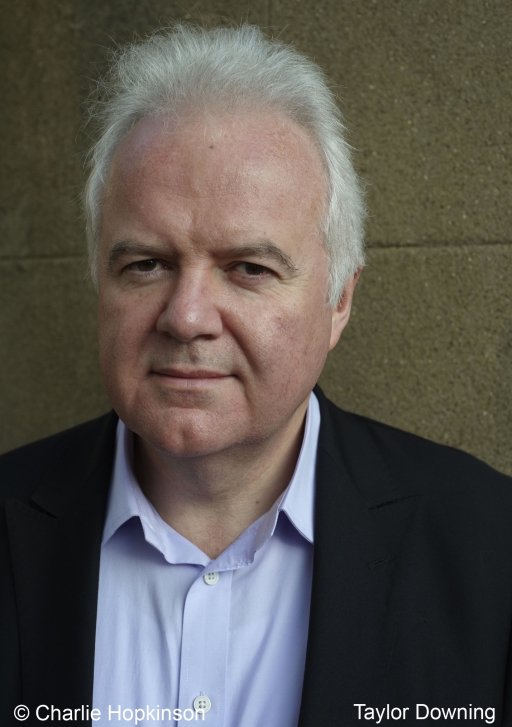Centenary News’ Books Editor, Eleanor Baggley, speaks to author Taylor Downing about his latest publication, Secret Warriors.
I spoke with Taylor Downing on the day he saw the advanced copies of his latest book, Secret Warriors, for the first time.
He was quick to tell me that ‘it’s an exciting day for an author’ to see the finished version after so many proofs and drafts. Whilst it may be so for all authors, perhaps it is even more so for Downing.
After all, Secret Warriors has been a long time coming. Downing has published many works on the subject of scientists in the Second World War and now he has returned to where it all started – World War One.
Secret Warriors, subtitled ‘Key Scientists, Code Breakers and Propagandists of the Great War’, is a valuable book. It reminds us, or in some cases teaches us, that the war filtered through every facet of society – it truly was an all-encompassing war.
When I asked how this book relates to his work on the scientists of the Second World War, Downing described it as a prequel.
‘I’m looking at the early boffins. Even though that word was not in use during the First World War, it was coined during the Second World War, it still applies’. We agreed that a prequel is necessary to highlight the role of the Great War scientists in paving the way for the inventions and innovations of World War Two.
‘World War Two tends to overshadow World War One advancements. Bletchley Park captured the public imagination in the 1970’s but there are striking parallels between Bletchley Park and its First World War equivalent, Room 40. Many of the code breakers working at Bletchley Park were even related to those who worked in Room 40.’
Downing is not convinced that such huge scientific and technological advancements would have happened without the catalyst of war, because ‘war is a mother of invention’.
Secret Warriors looks at five distinct groups: aviators, code breakers, engineers and chemists, doctors and surgeons, and propagandists. The advancements made in these areas changed the world and many of these innovations, such as radio, became a ‘revolutionary force for cultural change’.
Despite this, ‘this war can never be seen as a positive thing – there were beneficial developments but there are positives and negatives to all aspects of science. In April 1915 gas was used on the Allies proving that science could quickly become dangerous.’
Any positives to be found can be identified particularly in the field of medicine. ‘The First World War gave us a greater understanding of medicine. Before the war 100 operations would be sufficient to make a surgeon an expert. Harold Gillies, a key figure in facial reconstruction, performed 11,000 operations during the war.’ Together with the artist Henry Tonks, Harold Gillies revolutionised the treatment of facial injuries.
Downing really came alive when telling me about the advances in aviation. ‘Aviation was in its infancy in 1914, it really was a ‘seat of your pants’ activity. There are tales of planes flying backwards in the face of a headwind!’ It didn’t take long for aviation to become an integral part of the war on all sides.
For Downing Secret Warriors is a ‘story of people catching up and moving forward’. It is there to complement his other books and provide a more complete history of the role of scientists. But it is more than that, Downing hopes that Secret Warriors will ‘add a new understanding of the war and add another, perhaps forgotten, aspect to cultural knowledge’.
Yes, the war was fought in the trenches, but this book draws to our attention the ‘other front’, the scientific front, to demonstrate quite how total this total war was. Having just returned from a tour of the Somme, Downing is more aware than ever of the role the trenches played in the war and is adamant that this should never be forgotten or its significance diminished.
However he does think it is important show this side, the side that has potentially been forgotten, to demonstrate how the ‘mobilisation of the scientific community’ changed our world.
© Centenary Digital Ltd & Author
